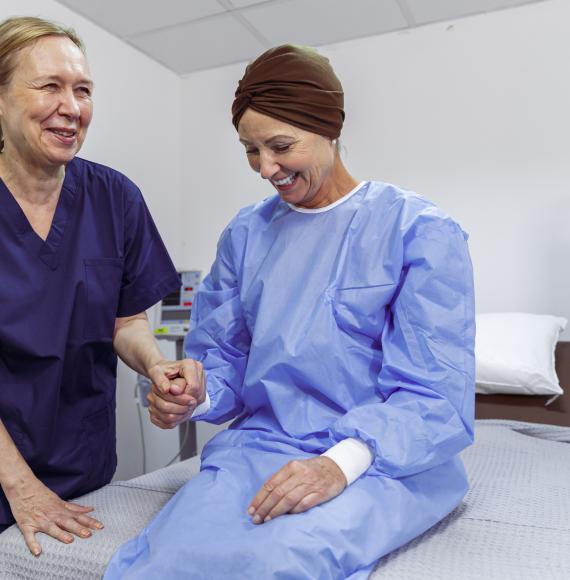The Scottish Government have announced that the innovative Out-patient Antimicrobial Therapy (OPAT) service is set for a wider national launch, as the NHS continue to try and get to grips with hospital capacity problems.
The OPAT service affords patients the option of receiving intravenous antimicrobial therapy as well as other complex antibiotic treatments in out-patient clinics at a time suitable to them, or depending on their location, in the comfort of their own home. Treating patients at home and not in a hospital has relieved some of the pressure on the NHS estate and therefore the pressure on NHS staff.
Statistics published by the Scottish Antimicrobial Prescribing Group have shown that between the 17th of January 2022 and the 21st of August 2022, an average of 250 people per week were treated by the OPAT service, saving the health sector more than 45,000 hospital bed stays.
Dr Andrew Seaton, Chair of the Scottish Antimicrobial Prescribing Group and Consultant in Infectious Diseases, said: “Hospitals are under significant pressure as we try to recover from the effects of the COVID pandemic and there is a real need for initiatives to support recovery and promote different ways of caring for our patients traditionally managed in hospitals.
“OPAT is an excellent example of how nurses, pharmacists and doctors can work together to provide high quality patient centred care without the need for a hospital bed. The focus now on further developing virtual capacity and new ways of working with support across Scotland for initiatives like ours is very welcome.”
The OPAT service is funded to the turn of £50m through the Scottish Government’s Urgent and Unscheduled Care Collaborative and is part of the right care in the right place initiative.
Scottish Cabinet Secretary for Health and Social Care, Humza Yousaf, said: “I am pleased to see the roll-out of the Out-patient Antimicrobial Therapy service.
“We know that our accident and emergency departments continue to be under significant pressure, and that is why we are working at pace to deliver this scheme, and others like it, to provide more care in the community while reducing pressure on hospitals.
“We know there is a real benefit to treating people at home where possible. We are determined to build on this success and want to see this approach adopted across as many health boards as possible.”



















